Trust us, when you stand inside Zentrum Paul Klee in Bern, you may experience a case of vertigo.
But let's start from the top: A visit to this intriguing museum has been on our Swiss bucket list for a while. So one Sunday morning, we took a short bus ride from Bern's bear park to Zentrum Paul Klee.
Our tour guide this Sunday morning is Mr. Dubach. An architect by trade, he confesses that the building is overly complex and that it took him years to fully comprehend it. This makes us feel better, because the more Mr. Dubach teaches us about the surrounding land, the museum's layout and the design process, the more we feel stumped...
Zentrum Paul Klee by architect Renzo Piano
Some architects have a style as unique as a fingerprint. The same is true for renowned Italian architect Renzo Piano - except that he manages to execute each project in an entirely new way. While the Fondation Beyeler in Basel and the Zentrum Paul Klee clearly have his writing all over it, buildings such as the Centre Pompidou in Paris require a closer look.
According to the Zentrum Paul Klee website, Piano's aim here was to unify the requirements of "technical, artistic, skilled, natural and social" expectations.
The Architecture
From the very moment we spot the museum from the bus stop, our eyes are fixated on the wave shaped structure. But only when our tour guide takes us around the property do we realize that the three sections were inspired by three natural hills.
The building blends in with the surrounding landscape in an organic way.
The individual beams of corrugated steel that make up the entire structure were manufactured offsite. When put together, the true accuracy of the work became apparent: It was a perfect fit - not a single millimeter had to be shimmed off!
On the tour, we also learn that the structure was welded together entirely by hand. Can you imagine how long it would take to weld 1 kilometer, let alone 40?
Mr. Dubach asks: "Looking at the shape of the building and the tilted window glass, do you think this is an example of free flowing architecture?"
I anticipate this to be a trick question. (It is.) In reality, the architect had envisioned a giant cone with a tip buried somewhere deep in the earth. Along the cone's perimeter is the Zentrum Paul Klee, which explains its curviness and the front of windows tilted inwards at a constant 9 degrees:
It is really mind boggling that this curvy structure is supposed to be based on geometry. Especially so because back in 1999 when Piano designed this architectural masterpiece, computers with powerful enough CAD programs were still a thing of the future.
After the one-hour architecture tour, we take a seat in the cafeteria to reflect on Renzo Piano’s work. We wonder: If Albert Einstein had the chance to walk through the Zentrum Paul Klee, would he have been able to decode the sheer complexity of the architecture?
The Museum
The Zentrum Paul Klee has been open to the public since 2005. The basis of the exhibition are works by the Swiss artist Paul Klee (1879 – 1940). Born in Münchenbuchsee near Bern, Klee spent most of his life in Switzerland.
In the course of his career, Paul Klee has created more than 10'000 paintings, drawings and etchings. With 4'000 works of art, the Zentrum Paul Klee is the world's largest collection. Interesting fact: In 1997, Paul Klee's daughter-in-law, Livia Klee-Meyer, donated her inheritance of almost 690 works to the city and the canton of Bern.
Zentrum Paul Klee covers an area of 16'000 sq m. In order to keep the center flexible when it comes to hosting other exhibitions, curators can decide to move entire walls with ease.
Our guide points out the fragile nature of Paul Klee's body of art. A climate control system takes advantage of natural ventilation in order to keep exhibition halls cool and fresh. Strategically placed natural light sources flood the showrooms with soft daylight while protecting the art from harmful UV radiation.
In addition to Paul Klee's art, you can also see the work of other artists. The center hosts lots of events, too, such as book readings, concerts or dance performances.
The museum's Creaviva center is wholly dedicated to teaching art to children.
Our recommendation for visiting
The result of this architectural masterpiece can be seen in the countryside adjacent to Bern, Switzerland's capital. The guided architecture tour at Zentrum Paul Klee did not try to oversell this building, but rather explain all the facts and intricate details.
Each visitor is left to make their own conclusion, but ours matched: On this campus, an architect's vision has come true. The wavy shape of the building creates an inviting atmosphere and blends in with natural surroundings: Perfection.
Whether you are an out-of-town art enthusiast, an architect on a pilgrimage or a local resident: Zentrum Paul Klee will surely satisfy you on one level or another.
More Information
- How to get there
- Zentrum Paul Klee Website
- Wikiarquitectura: Zentrum Paul Klee
For more exceptional architecture, don't miss our cornerstone article with 7 examples of modern Swiss architecture.

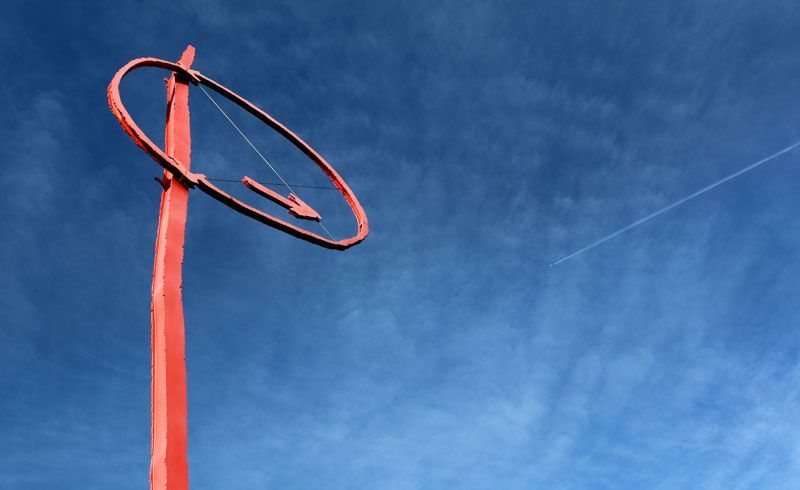
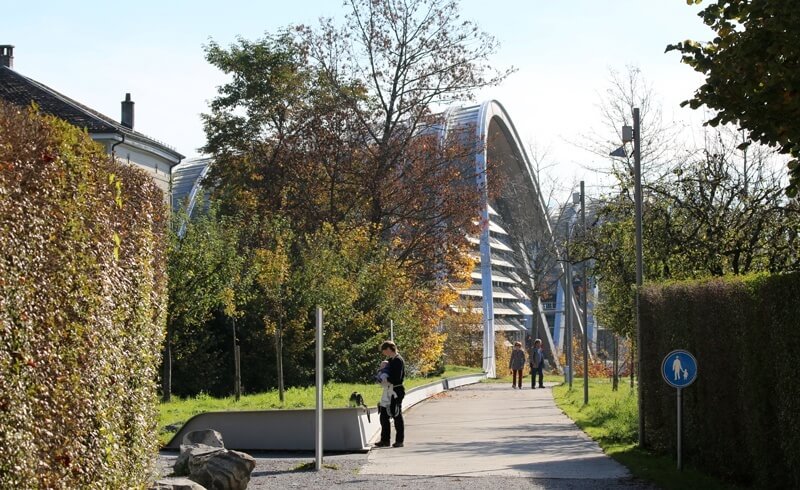
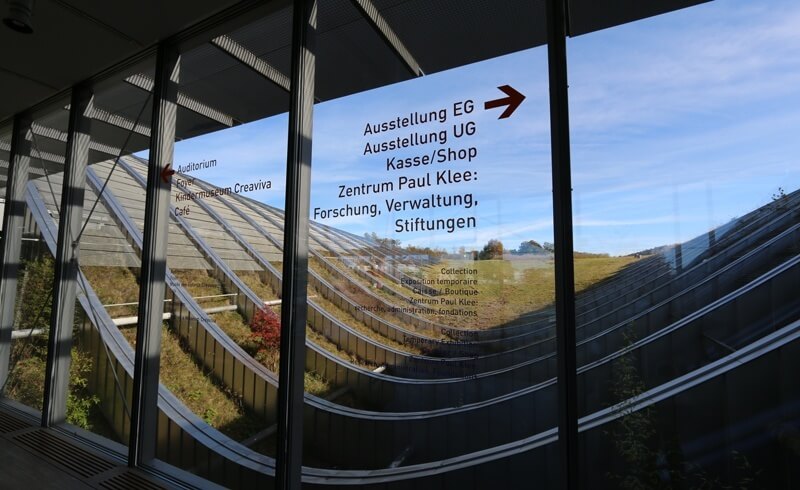
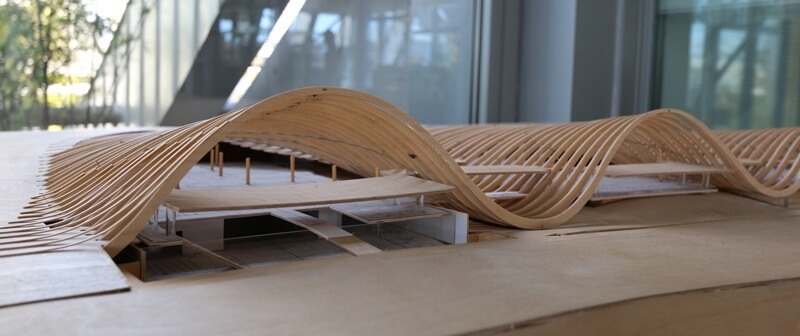
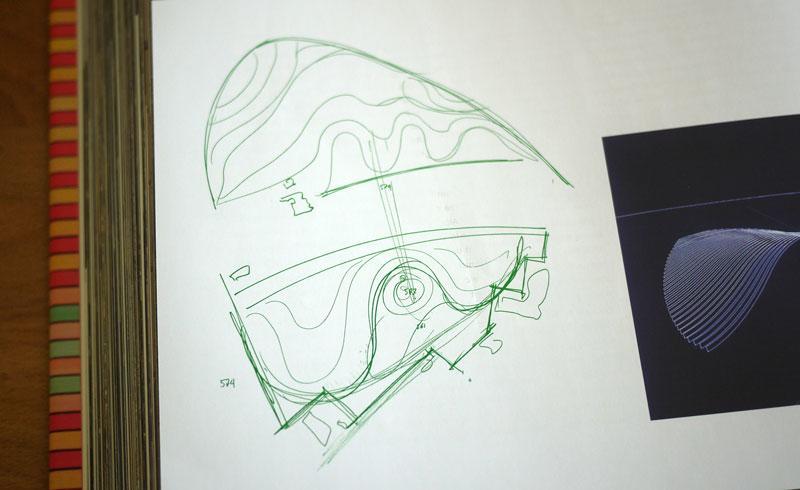
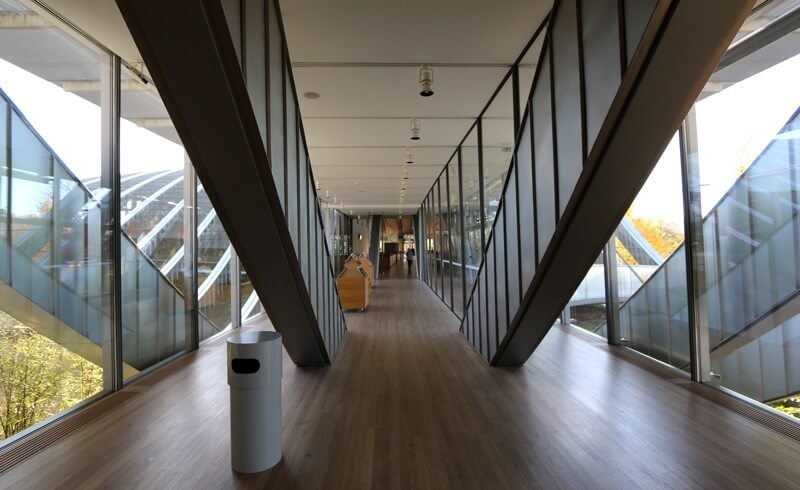
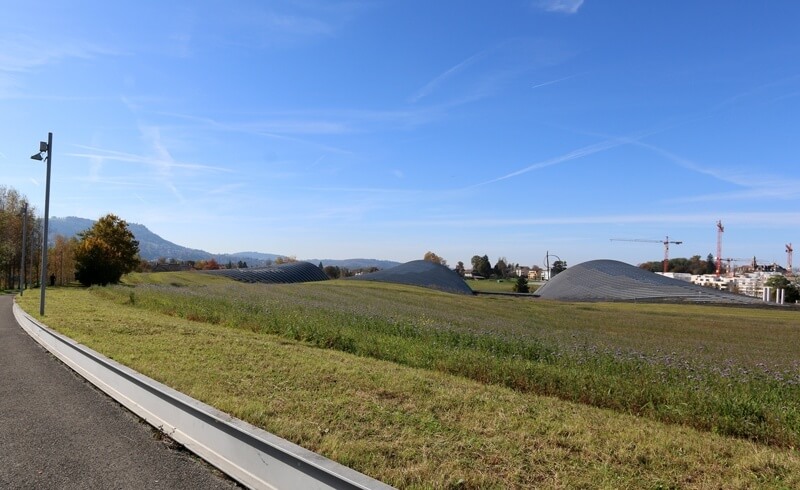
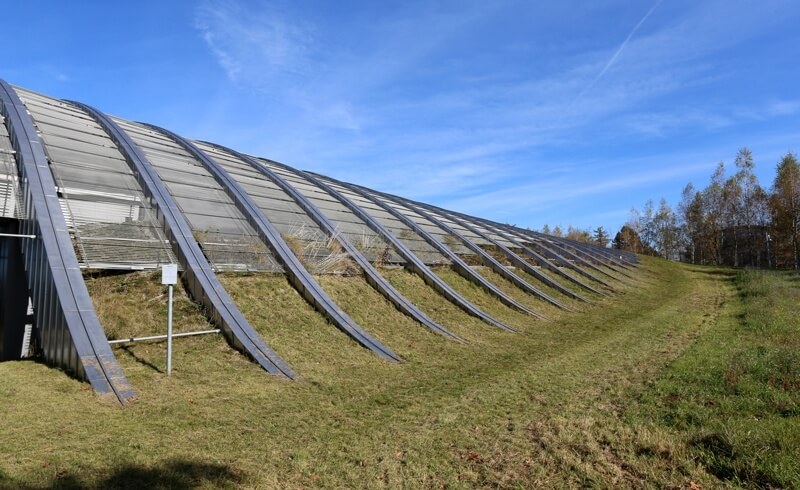
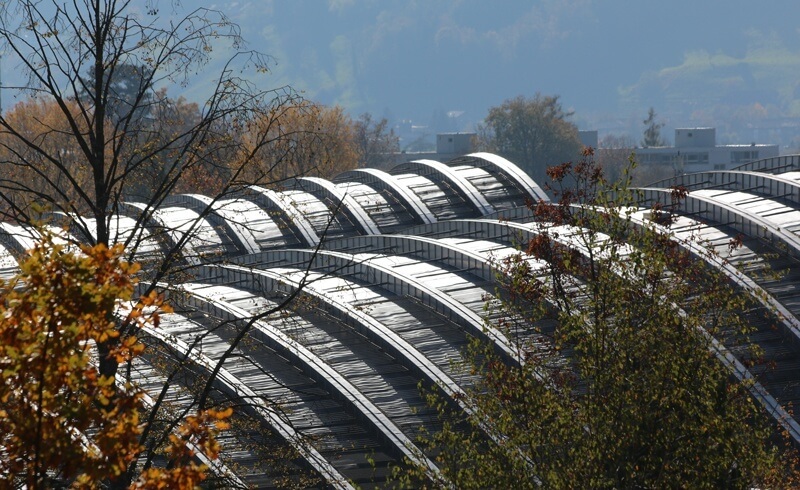
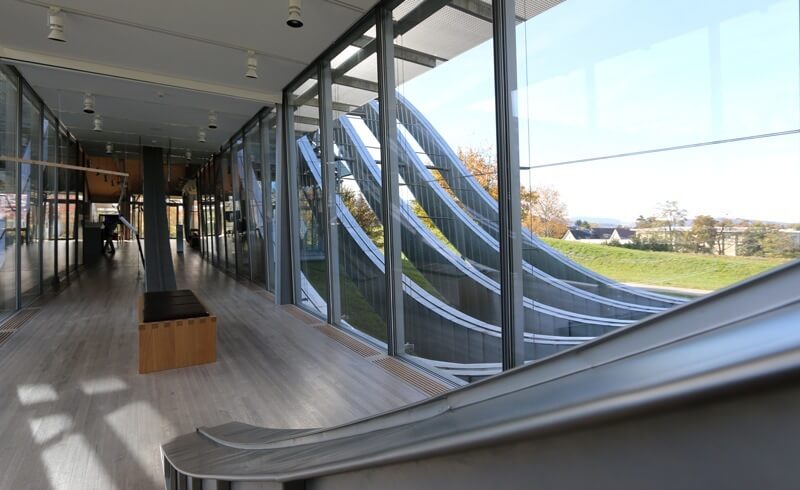
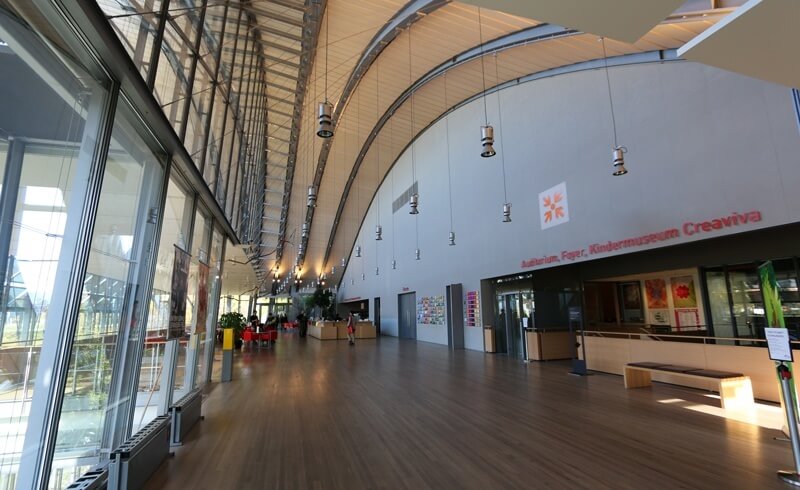
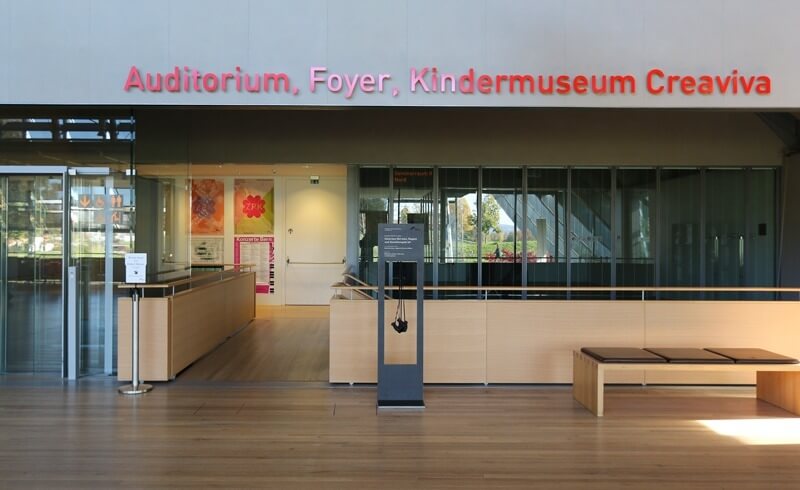
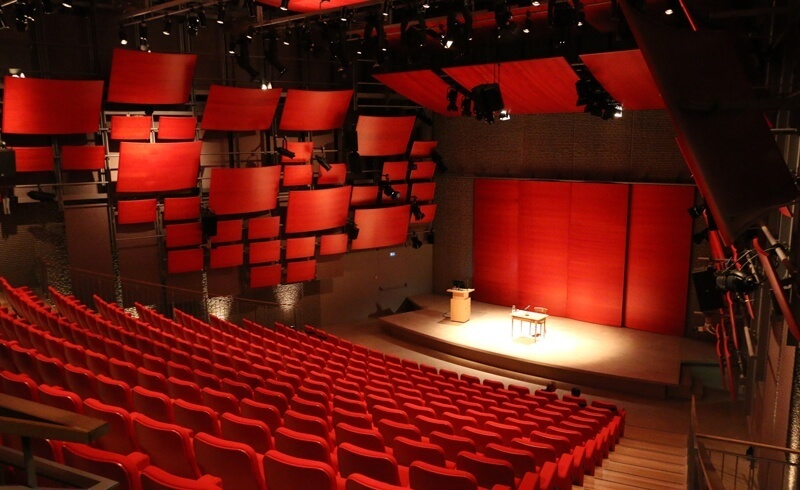
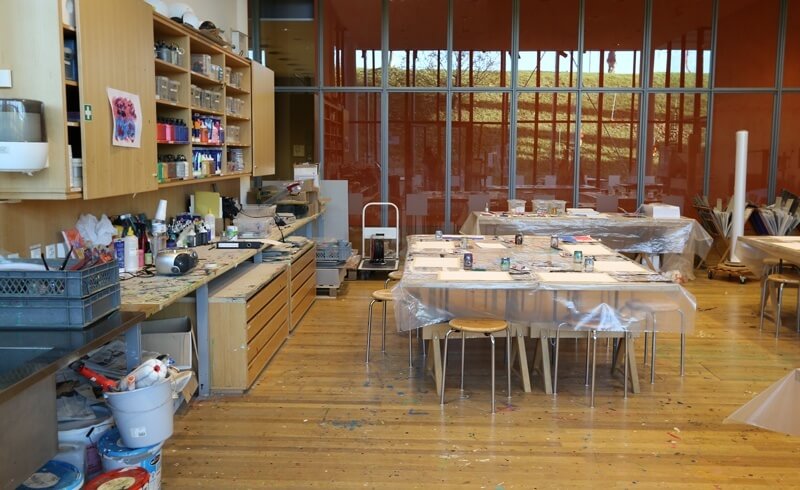
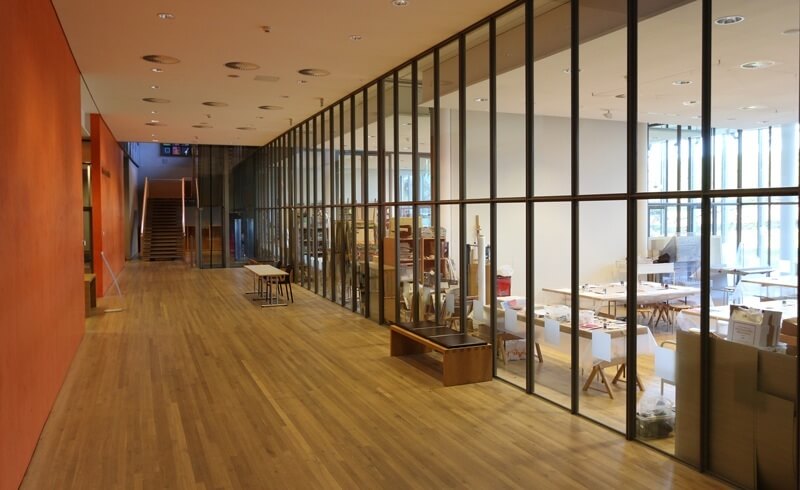
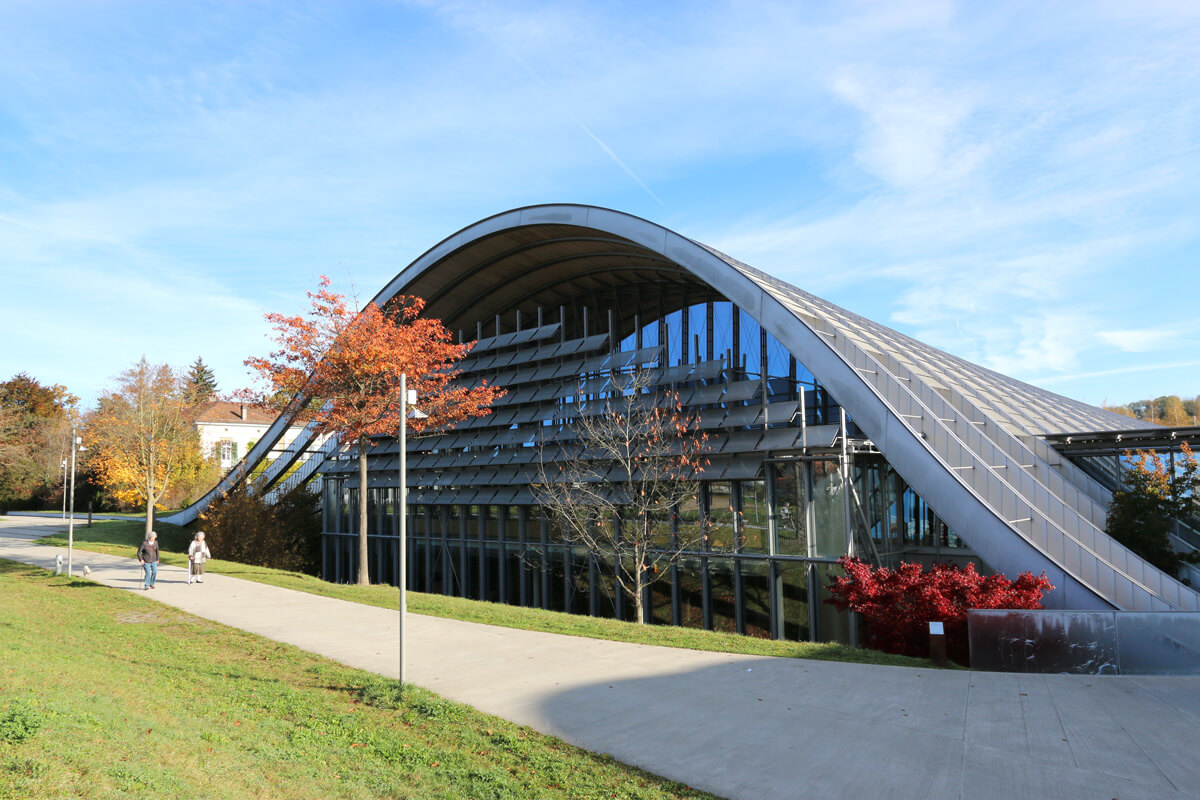
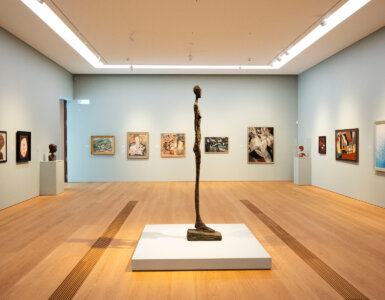
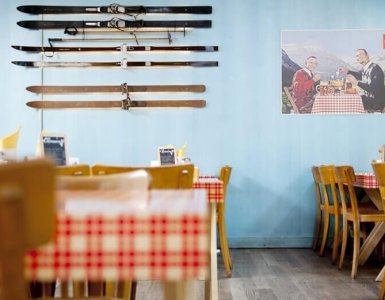
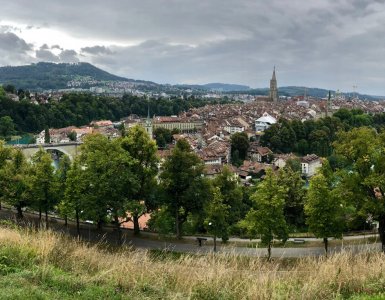

This is just round the corner from my place. Bus 12 is pretty cool. I guess I have to pay another visit sometime
They offer tours in English, too, which is highly interesting even to non-architects… ^Dimitri
[…] Called the Schosshaldenfriedhof, this cemetery is where the great painter and graphic artist Paul Klee was […]